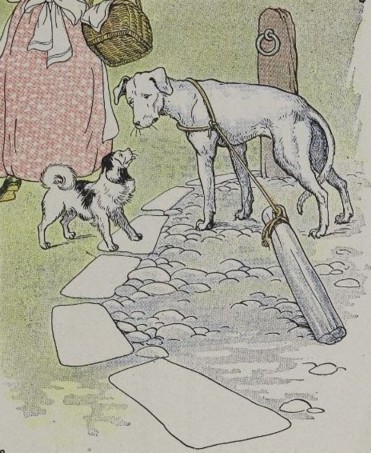PART A_1
Let’s learn vocabulary. Listen and repeat the words and the sentences with your tutor.
PART A_2
| 1. michievous | /MIS-chuh-vuhs/ |
| -behaving in a way, or describing behavior, that is slightly bad but is not intended to cause serious harm or damage | |
| I think these rumors are mischievous. | |
| 2. drag | /drag/ |
| -to move something by pulling it along a surface, usually the ground | |
| Pick the chair up, do not drag it behind you. | |
| 3. impress | /im-PRES/ |
| -to cause someone to admire or respect you | |
| When I was a kid, I remember being impressed by how many toys she had. | |
| 4. wise | /wahyz/ |
| -having or showing the ability to make good judgments, based on a deep understanding and experience of life | |
| It started raining. I think we made a wise decision not to go to the coast today. | |
| 5. acquaintance | /uh-KWEYN-tns/ |
| -a person that you have met but do not know well | |
| I recently bumped into an old work acquaintance who I didn’t remember. |
PART B_1
Let’s read the story. Please read them aloud, and I will check your pronunciation and intonation.
PART B_2
The Mischievous Dog

There was once a Dog who was so ill-natured and mischievous that his Master had to fasten a heavy wooden clog about his neck to keep him from annoying visitors and neighbors. But the Dog seemed to be very proud of the clog and dragged it about noisily as if he wished to attract everybody’s attention. He was not able to impress anyone.
“You would be wiser,” said an old acquaintance, “to keep quietly out of sight with that clog. Do you want everybody to know what a disgraceful and ill-natured Dog you are?”
Notoriety is not fame.
“You would be wiser,” said an old acquaintance, “to keep quietly out of sight with that clog. Do you want everybody to know what a disgraceful and ill-natured Dog you are?”
Notoriety is not fame.
PART C_1
Let’s answer comprehension questions. Please answer them based on the story.
PART C_2
| 1. | How was the Dog described in the fable? |
| 2. | What did the Master do to the Dog to keep him from annoying visitors and neighbors? |
| 3. | Why did the Dog drag the clog noisily? |
PART D_1
Let’s discuss the story. Please answer the questions below and express your opinions.
PART D_2
| 1. | Do you think that Master did the right thing when he fastened a heavy wooden clog about the Dog’s neck? Why do you think so? |
| 2. | Do you think the Dog is proud of what he has done? Why do you think so? |
| 3. | Would you commend the old acquaintance’s action? Why? |
| 4. | Do you know someone who achieved notoriety? Please tell me more about it. |
| 5. | How would you feel if you became famous because of something bad you have done? |
REVIEW AND FEEDBACK
Now, let us review the things that you learned in this lesson.
ではこのレッスンで学んだことを振り返りましょう。
(Please give a short feedback on how your student did on your class.)
| Grammar 文法 |
Pronunciation 発音 | Vocabulary 単語 |
Comprehension 理解 |
|
|---|---|---|---|---|
 GOOD GOOD |
文法の誤りはほとんどなく、完全な文章で話すことができる | ほとんどの単語をはっきりと正しく発音することができる | 習った表現を適切に使うことができる | 文章を理解し、質問に正しく答えることができる |
 FAIR |
文法の誤りはあるが、完全な文章で話すことができる | 発音の練習が必要な言葉がいくつかある | たまにミスはあるが、習った表現を適切に使うことができる | 文章を完全に理解するのは難しく、質問に正しく答えられないときもある |
 POOR |
文章で話すのは難しく、単語だけで話すことができる | 発音の練習が必要である | 習った単語と表現を少しだけ使うことができる | 文章を理解するのは難しく、質問に答えるのは難しい |
Parts of this lesson material are based on:
An eBook from The Project Gutenberg.
This eBook is for the use of anyone anywhere at no cost and with almost no restrictions whatsoever. You may copy it, give it away or re-use it under the terms of the Project Gutenberg License included with this eBook or online at www.gutenberg.org
An eBook from The Project Gutenberg.
This eBook is for the use of anyone anywhere at no cost and with almost no restrictions whatsoever. You may copy it, give it away or re-use it under the terms of the Project Gutenberg License included with this eBook or online at www.gutenberg.org